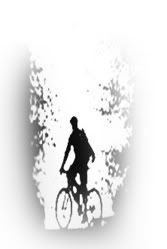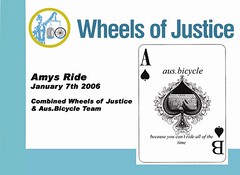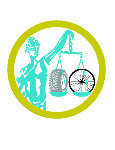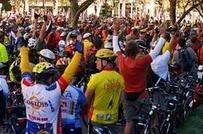THE PARENTS of champion cyclist Amy Gillett, who was tragically killed in a road accident in Germany last year, have criticised an "appalling" penalty for the driver of the car that ran into her. Stefanie Magner, who lost control of her Volvo before ploughing into the Australian Institute of Sport road cycling team, has been fined $2300 and had her licence suspended for eight months. The accident, on a country road on July 19 last year, left Gillett, 29, dead and badly injured five teammates. The 18-year-old Ms Magner was expected to face involuntary manslaughter charges. However, a German prosecutor said on Friday night a judge had signed off on the fine and licence suspension.
The decision was met with disbelief and anger yesterday from Gillett's parents, Denis and Mary Safe, still coming to terms with their daughter's death.
"We are absolutely staggered by the generosity to the girl," Mr Safe said.
"It is appalling that she could go out and kill our beautiful daughter and maim the other girls, some of them seriously for life, and walk away with not even a slap on the wrist.
"Any fair-minded person would think the sentence was ridiculously light.
"We are not looking for revenge, but one would hope for justice and there is no justice in this.
"We think about Amy every minute of every hour of every day and when this sort of situation comes up the grief is even more painful, if that is possible."
The prosecutor claimed the investigation had found no drugs involved and the inexperienced driver had not been speeding.
But Mr Safe said he could not believe Ms Magner had not been speeding.
"The surviving girls saw it unfolding in front of them. They saw a speeding, out-of-control car coming down the highway and they saw it kill Amy and then plough into them," he said.
Mr Safe said, despite the family's devastation, they would not appeal as it would not do them "any good".
He also said there were similarities with the Eugene McGee case â McGee was fined $3100 and disqualified from driving for killing cyclist Ian Humphrey in a hit-run accident near Freeling in November, 2003.
"It springs to mind how cyclists can be treated so poorly," he said.
"Someone goes out and kills my daughter and gets nothing."
Ms Magner's grandfather previously had said she remembered nothing of the crash and was full of sadness and remorse. Magner had only been driving for two weeks before the crash.
Australian cyclists Alexis Rhodes, Louise Yaxley, Katie Brown, Lorian Graham, and Kate Nichols â all on a training ride with Gillett â were badly injured.
Brown, who suffered a severed kneecap, ruptured tendons, broken ribs, collapsed lung and nearly had her left leg amputated, said Magner would be serving a life sentence of her own.
"She has her own issues to think about in remembering what she did," Brown said.
"Our lives have been turned upside down and Amy's life has been taken, so Stefanie has to live with that."







